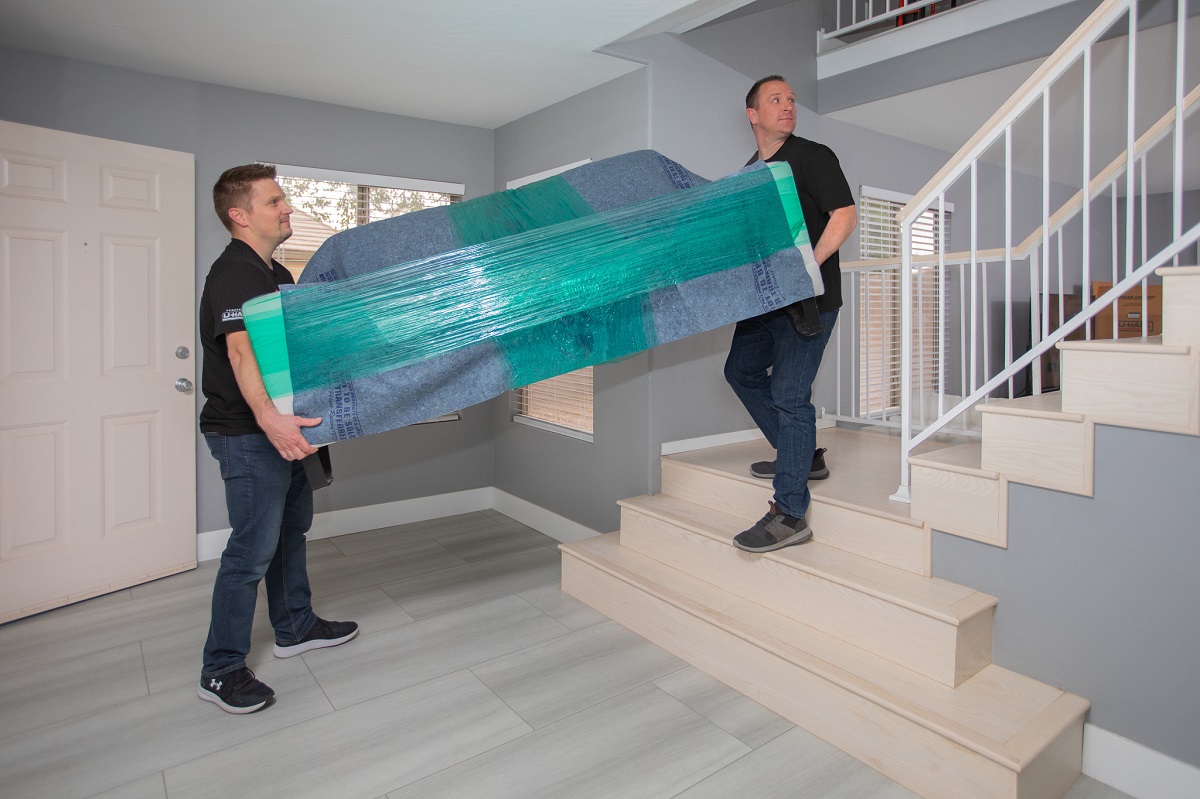

Articles
How To Move Couch Upstairs
Modified: January 21, 2024
Learn useful articles on how to successfully move a couch up the stairs and avoid any possible damage. Expert tips and step-by-step instructions for a hassle-free process.
(Many of the links in this article redirect to a specific reviewed product. Your purchase of these products through affiliate links helps to generate commission for Storables.com, at no extra cost. Learn more)
Introduction
Moving furniture can be a challenging task, especially when it comes to navigating stairs. If you’ve ever tried to move a couch up a flight of stairs, you know how difficult and frustrating it can be. However, with the right approach and some careful planning, you can successfully move your couch upstairs without damaging the furniture or your staircase.
In this article, we will discuss the step-by-step process of moving a couch up stairs. We will cover everything from assessing the situation and preparing for the move, to gathering the necessary equipment and measuring the couch and staircase. Additionally, we will provide tips on how to lift and maneuver the couch safely, as well as the importance of taking breaks and resting properly during the process. By following these guidelines, you’ll be able to move your couch upstairs with ease and minimal stress.
Before we dive into the details, it’s important to mention that moving heavy furniture can be physically demanding and potentially hazardous. It’s essential to prioritize your safety and seek assistance if needed. Enlisting the help of a friend or hiring professional movers can significantly reduce the risk of injuries and ensure a smoother moving process.
Now that we have set the groundwork, let’s proceed to the next section, where we will assess the situation and determine the best approach for moving a couch up stairs.
Key Takeaways:
- Moving a couch upstairs requires careful planning, proper equipment, and safe lifting techniques. Clearing the path, taking breaks, and adjusting the couch’s position are crucial for a successful and injury-free move.
- Prioritize safety and seek assistance if needed when moving heavy furniture. Communicate with your moving partner, take regular breaks, and ensure the couch is positioned securely for a seamless transition to its new location.
Read more: How To Move An Upright Piano Upstairs
Assessing the Situation
Before you begin the process of moving your couch up stairs, it’s crucial to assess the situation and evaluate any potential challenges or obstacles that may arise. Take a moment to carefully consider the following factors:
1. Size and Weight of the Couch: Determine the dimensions and weight of your couch. This information will help you determine if the couch can fit through the staircase safely. If the couch is too large or heavy, it may be necessary to disassemble it or explore alternative options, such as hiring professional movers or using specialized equipment.
2. Staircase Design and Width: Examine your staircase to understand its design and width. Is it a straight, narrow, or spiral staircase? This will impact how you navigate the couch up the stairs. Verify if there are any tight corners or doorways that may pose difficulties during the move.
3. Condition of the Stairs: Inspect the condition of the stairs to ensure they are sturdy and free from any loose steps or debris. If you notice any structural issues, it’s essential to address them before attempting to move the couch.
4. Accessibility: Consider the accessibility of the space around the staircase. Make sure there is enough room to maneuver the couch without bumping into walls or other objects. If necessary, remove any obstacles or rearrange furniture to create a clear and unobstructed path.
5. Safety Precautions: Assess the safety precautions you need to take. This includes wearing appropriate clothing and footwear that provide stability and protection. It’s also advisable to use gloves to prevent injuries and to use moving straps or harnesses to distribute the weight of the couch evenly.
Once you have assessed these factors and determined that the move is feasible, you can proceed with preparing for the actual move. In the next section, we will discuss the necessary steps to ensure a smooth and successful couch-moving experience.
Preparing for the Move
Before you begin the process of moving your couch up stairs, it’s essential to make the necessary preparations to ensure a smooth and efficient move. Taking the time to prepare adequately will not only make the task easier but also reduce the risk of accidents or damage to the furniture and staircase. Here are some crucial steps to follow:
1. Enlist Help: Moving a couch upstairs is a team effort. Enlist the help of a trusted friend or family member to assist you in the process. Having an extra set of hands not only makes the task easier but also increases safety by evenly distributing the weight of the couch.
2. Clear the Path: Clear any obstacles or clutter from the path you will take to move the couch upstairs. Remove any furniture, rugs, or other items that may obstruct the way. This will provide a clear and unobstructed path for maneuvering the couch.
3. Protect the Staircase: To prevent any damage to the staircase, use protective measures such as laying down cardboard or moving blankets along the edges of the steps. This will act as a buffer and prevent scratches or dents on the staircase.
4. Secure Loose Cushions: If your couch has detachable cushions, remove them and set them aside in a safe place. Secure any loose cushions to the couch using straps or ties. This will prevent them from sliding or falling during the move.
5. Measure the Doorways: Before attempting to move the couch out of the room, measure the doorway to ensure it is wide enough to accommodate the dimensions of the couch. If necessary, remove the door from its hinges to create additional space.
6. Create a Plan: Discuss and create a plan with your moving partner on how you will maneuver the couch up the stairs. Identify the best side to lift from, the order of the steps, and any potential challenges you may face. Having a solid plan in place will make the process smoother and more organized.
By following these preparation steps, you will be well-equipped to tackle the task of moving your couch up the stairs. In the next section, we will discuss the necessary equipment you will need for a successful move.
Gathering the Necessary Equipment
To ensure a safe and successful move, it’s important to gather the necessary equipment before you begin the process of moving your couch up stairs. Having the right tools and resources will make the task easier and minimize the risk of injuries or damage to your furniture and staircase. Here are some essential items you will need:
1. Moving Straps or Harnesses: Invest in a set of moving straps or harnesses specifically designed for heavy lifting. These straps help distribute the weight of the couch evenly and provide extra support for both you and your moving partner.
2. Furniture Sliders: Furniture sliders are smooth, flat pieces that can be placed under the legs or corners of your couch. They reduce friction between the couch and the floor, making it easier to maneuver the furniture.
3. Moving Blankets: Moving blankets or padded blankets provide an extra layer of protection for your couch during the move. Wrap the couch in these blankets to prevent scratches or damage to the upholstery.
4. Dollies or Hand Trucks: If you have a longer distance to cover or multiple flights of stairs, a dolly or hand truck can be helpful. These wheeled devices allow you to transport the couch more easily by placing it on the platform and rolling it along the stairs.
5. Protective Covers or Plastic Wrap: Consider using plastic wrap or protective covers to shield the couch from dust, debris, and potential stains during the move. This extra layer of protection will help maintain the cleanliness of your furniture.
6. Tools for Disassembly: If your couch has removable legs or other parts, gather the necessary tools to disassemble and reassemble them if needed. This will make it easier to navigate the couch through narrow spaces and corners.
7. Safety Equipment: Prioritize your safety by wearing gloves to protect your hands, and non-slip footwear that provides stability and traction while lifting and moving the couch.
By gathering these essential items before you begin the move, you’ll be well-prepared to tackle the task with ease and efficiency. In the next section, we will discuss the importance of measuring the couch and staircase to ensure a proper fit.
Measuring the Couch and Staircase
One of the most important aspects of a successful couch move is ensuring that the dimensions of the couch align with those of the staircase. Taking accurate measurements beforehand will save you time, effort, and potential damage during the actual move. Here’s how to measure the couch and staircase effectively:
1. Couch Measurements:
– Length: Measure the length of the couch from one armrest to the other. This will give you an idea of the overall width you need to maneuver through the staircase.
– Height: Measure the height of the couch, including the legs if they are not removable. This will help you determine if the couch will fit vertically within the height clearance of the stairwell.
2. Staircase Measurements:
– Width: Measure the width of the staircase opening or the narrowest point along the stairs. Ensure that the width is wide enough to accommodate the dimensions of the couch without any obstructions or tight fits.
– Stair Tread: Measure the depth of each step, known as the stair tread, to gauge how well the couch will transition from one step to another.
3. Compare Measurements: Compare the measurements of your couch with those of the staircase. Ensure that there is enough clearance for the couch to fit comfortably, leaving space for maneuverability during the move. If the dimensions do not align, you may need to explore alternative methods such as disassembling the couch or considering other furniture moving options.
4. Consider Obstacles: Take note of any potential obstacles along the staircase, such as low ceilings, corners, or tight turns. These obstacles may require you to adjust your approach or consider additional precautions to prevent damage to the couch or the area around the staircase.
By accurately measuring the dimensions of both the couch and the staircase, you can determine the best approach for moving the couch upstairs. This will minimize the risk of getting stuck or causing damage during the process. In the next section, we will discuss the importance of clearing the path before starting the move.
Read more: How To Move A Washing Machine Upstairs
Clearing the Path
Before embarking on the task of moving your couch up stairs, it’s essential to clear the path to ensure a smooth and obstacle-free move. By removing any potential hindrances or obstructions along the way, you’ll be able to navigate the couch more safely and efficiently. Here are some steps to follow when clearing the path:
1. Remove Furniture and Decorations: Take a look at the area surrounding the staircase and remove any furniture, decorations, or other items that may block or impede your path. Clearing the space will create a wider and more accessible route for maneuvering the couch.
2. Secure Loose Rugs or Carpets: If you have any rugs or carpets in your path, secure them firmly to the floor or temporarily roll them up and move them out of the way. Loose rugs can cause slips or trips during the move and create instability while navigating the stairs.
3. Protect Walls and Doorways: To prevent accidental damage to the walls or doorways, consider using furniture pads or blankets to cover and protect any areas that might be in close proximity to the path you’ll be taking. This will serve as a cushion and prevent any scratches or dents.
4. Clear Tightly-Fitted Areas: Take note of any tight spaces or corners along the path that may pose challenges during the move. If necessary, temporarily remove doors, hinges, or other fixtures to create more room for maneuverability.
5. Secure Electrical Cords: Check for any electrical cords that may be running across the path or near the staircase. Carefully secure or reroute them to eliminate the risk of tripping or accidentally unplugging devices during the move.
6. Check for Loose Floorboards: Inspect the floorboards along the path and ensure that they are secure and free from any loose ends. Fix any loose floorboards to avoid potential hazards while transporting the couch.
By clearing the path effectively, you’ll have a clear and unobstructed route for moving your couch upstairs. This not only ensures a safer move but also prevents any potential damage to your furniture and surroundings. In the next section, we will discuss the proper lifting techniques for safely maneuvering the couch.
Before attempting to move a couch upstairs, measure the dimensions of the staircase and the couch to ensure it will fit. Remove any obstacles or obstructions from the path and consider using furniture sliders or straps to make the process easier and safer.
Lifting the Couch
Lifting the couch properly is a crucial step in moving it up stairs. Using the correct lifting techniques will not only ensure your safety but also prevent damage to the couch and reduce the strain on your body. Here are some important tips to consider when lifting the couch:
1. Warm Up and Stretch: Before attempting to lift the couch, perform some light warm-up exercises to prepare your muscles for the task. Stretch your arms, back, and legs to improve flexibility and reduce the risk of strains or sprains.
2. Communicate and Coordinate: Work with your moving partner to establish clear communication and coordinate your movements. Use verbal cues and establish a rhythm during the lift to ensure that you’re both working together smoothly.
3. Bend at the Knees: When lifting the couch, remember to bend at your knees and not at your waist. Keep your back straight and engage your leg muscles to provide strength and stability. This technique will minimize the strain on your back and reduce the risk of injuries.
4. Lift with Your Legs: Use the power of your legs to lift the couch. Push through your heels as you rise, keeping your back straight and using the strength in your legs to provide the lifting force. Avoid using your back or arms to lift the weight, as this can lead to injuries.
5. Hold on to Secure Parts: When lifting the couch, find secure and stable parts to grip onto firmly. This could be the solid frame or the base of the couch. Avoid holding onto any loose or fragile components that may detach or cause instability during the lift.
6. Lift in Stages: If the couch is particularly heavy or if you’re struggling to lift it in one go, consider using smaller increments or lifting the couch by a few inches at a time. This way, you can maintain better control and reduce the strain on your muscles.
7. Use Proper Grip: Ensure that you have a secure and comfortable grip on the couch while lifting. Avoid gripping too tightly or too loosely, as this can affect your control and stability during the move.
Remember, if the couch is exceptionally heavy or if you have any doubts about your ability to lift it safely, it’s wise to seek professional help or use specialized equipment such as furniture lifters or moving straps.
By following these lifting techniques, you’ll be able to move the couch with better control and minimize the risk of injuries. In the next section, we will discuss the process of maneuvering the couch on the stairs.
Maneuvering the Couch on the Stairs
Maneuvering the couch on the stairs requires careful coordination and precision to ensure a smooth and safe move. By following proper techniques and taking necessary precautions, you can navigate the couch up the stairs without causing damage to the furniture or the staircase. Here’s how to maneuver the couch on the stairs:
1. Maintain Communication: Before you start moving the couch, establish clear communication with your partner. Agree on a set of verbal cues or signals to coordinate your movements and ensure that you’re both working in sync.
2. Lift and Tilt: Lift the couch with your partner, ensuring that the weight is evenly distributed between you. Tilt the couch slightly at an angle that allows you to guide it through the staircase without scraping the walls or railing.
3. Take One Step at a Time: Begin ascending the stairs slowly, taking one step at a time. Coordinate your movements with your partner and use your leg muscles to control the descent of the couch. Avoid rushing or jerking motions, as they can destabilize the couch and increase the risk of accidents.
4. Keep the Angle in Check: Maintain the angle of the couch as you move up the stairs, ensuring that it remains tilted at a manageable angle. Adjust the angle as necessary to navigate any corners or obstacles along the way.
5. Watch Your Footing: Pay close attention to your footing as you climb the stairs. Ensure that each step you take is secure and that you have a firm grip on the staircase. Use the handrail for added stability if available.
6. Avoid Scratching or Bumping: Be mindful of the walls, railing, and other fixtures along the staircase to avoid scratching or damaging them. Take your time to maneuver the couch carefully, making any necessary adjustments to prevent collisions.
7. Regularly Assess Stability: As you progress up the stairs, periodically assess the stability of the couch and your grip. If you feel that the couch is becoming too difficult to handle or your grip is weakening, consider taking a break and reassessing the situation.
8. Stay Alert: Throughout the process, stay focused and alert. Watch for any potential hazards, such as loose carpeting or tripping hazards, and adapt your movements accordingly.
By following these techniques, you’ll be able to navigate the couch up the stairs smoothly and safely. Remember to prioritize your safety and take breaks when needed to prevent fatigue. In the next section, we will discuss the importance of taking breaks and resting safely during the move.
Taking Breaks and Resting Safely
Moving a couch up stairs is physically demanding, and it’s important to prioritize your well-being throughout the process. Taking regular breaks and resting properly will help prevent fatigue, reduce the risk of injuries, and ensure a safer and more successful move. Here are some tips for taking breaks and resting safely:
1. Listen to Your Body: Pay attention to your body’s signals and take breaks when you start feeling fatigued or strained. Pushing yourself beyond your limits can lead to accidents and injuries. Recognize the signs of exhaustion, such as muscle fatigue, dizziness, or shortness of breath.
2. Plan Rest Stops: Incorporate planned rest stops into your moving process. Set specific intervals or landmarks where you and your moving partner can safely set the couch down and take a break. Use these moments to catch your breath, hydrate, and rest your muscles.
3. Hydrate and Snack: Stay hydrated throughout the move by drinking water regularly. Moving can be physically demanding and cause excessive sweating, so it’s important to replenish your fluid levels. Additionally, have light snacks available to provide energy and sustain your stamina.
4. Use Proper Lifting Techniques: When setting the couch down during breaks, make sure to use proper lifting techniques. Bend at the knees, keep your back straight, and avoid sudden movements or jerks that can strain your muscles.
5. Stretch and Relax Muscles: Take advantage of the break time to stretch your muscles and relieve tension. Perform gentle stretches targeting your back, arms, and legs to alleviate any stiffness or tightness that may have built up during the move.
6. Maintain Proper Posture: Even during the breaks, ensure that you maintain good posture. Stand or sit with your back straight and avoid slouching, as this will help prevent any unnecessary strain or imbalances in your muscles.
7. Modify Technique or Seek Assistance: If you find that the couch is becoming too challenging to maneuver or if fatigue sets in heavily, consider modifying your technique or seeking additional assistance. It’s better to ask for help or explore alternative options than risk injury.
Remember, taking breaks and resting safely plays a crucial role in preventing physical exhaustion and potential accidents. Listen to your body, communicate with your moving partner, and prioritize your well-being throughout the process.
In the next section, we will discuss reaching the top of the stairs and preparing to adjust and position the couch in its final location.
Read more: How To Move A Heavy Dresser Upstairs
Reaching the Top of the Stairs
Reaching the top of the stairs is a significant milestone in moving your couch successfully. However, it’s important to remain focused and take necessary precautions to ensure a safe and smooth transition. Here are some key points to consider when reaching the top of the stairs:
1. Coordinate with Your Moving Partner: As you approach the top of the stairs, communicate with your moving partner to synchronize your movements. Ensure that you maintain steady control of the couch and work together to navigate any potential obstacles or corners.
2. Assess the Final Position: Before proceeding further, assess the final location where you intend to place the couch. Ensure that it’s clear of any obstructions and aligns with your desired placement. This will help avoid any last-minute adjustments or difficulties in positioning the couch.
3. Adjust the Tilt: As you reach the top of the stairs, you may need to adjust the tilt of the couch to navigate through any doorways or tight spaces. Carefully transition from the angled position to a level or upright orientation, as required by the entryway or the final placement space.
4. Take Breaks: If needed, take a break once you reach the top of the stairs before proceeding further. Use this time to rest, catch your breath, and assess the situation to ensure a smooth transition from the staircase to the final location.
5. Reinforce Grips and Stability: Prior to continuing, recheck your grip on the couch and ensure that your moving partner also has a secure hold. Confirm that you have a firm grip and excellent stability before proceeding with the final stage of moving the couch.
6. Proceed with Caution: Take your time as you navigate through doorways or any tight spaces leading to the desired placement location. Pay careful attention to avoid bumping the couch against walls, door frames, or other furniture. Slow and deliberate movements will help prevent damage to the couch and the surrounding area.
7. Utilize Furniture Sliders: If necessary, consider using furniture sliders or pads to assist with the smooth transition of the couch from the stairs to the final resting spot. This will minimize any potential dragging or scraping of the furniture and protect your floors.
Once you have successfully reached the top of the stairs, you can proceed to adjust, position, and settle the couch in its final location. Take your time to ensure that it is precisely where you want it to be. In the next section, we will discuss the importance of adjusting and positioning the couch properly.
Adjusting and Positioning the Couch
After successfully moving the couch up the stairs and reaching the final location, it’s important to spend time adjusting and positioning it properly. By taking care during this step, you can ensure that the couch is situated in the desired spot and that it is stable and secure. Here are some essential considerations for adjusting and positioning the couch:
1. Assess the Space: Before positioning the couch, assess the available space and consider factors such as the size and layout of the room, the functionality of the space, and any design considerations. This will help you determine the optimal placement for the couch.
2. Align with Room Elements: Position the couch in a way that aligns with other room elements such as windows, doors, and focal points like a fireplace or entertainment center. Create a balanced and visually appealing arrangement that complements the overall room design.
3. Clearance: Ensure there is sufficient clearance around the couch so that it doesn’t block pathways or impede the flow of the room. Leave enough space for people to walk comfortably around the furniture without feeling cramped.
4. Level the Couch: Check that the couch is level on the floor. Uneven or tilted positioning can make it uncomfortable to sit on and may lead to stability issues. If necessary, use furniture shims or pads to adjust the levelness of the couch.
5. Adjust Cushions: If you had removed any cushions during the move, reattach them or position them back on the couch in their intended place. Fluff and adjust the cushions for a comfortable and aesthetically pleasing appearance.
6. Secure the Couch: Once the couch is in its desired position, ensure that it is stable and secure. Double-check that it doesn’t wobble or shift when pressure is applied. If needed, adjust the position or use furniture stops or non-slip pads to keep the couch in place.
7. Take a Step Back: After adjusting and positioning the couch, step back and view it from different angles to ensure that it fits well within the overall room layout. Make any necessary final adjustments to achieve the desired look and functionality.
By taking the time to adjust and position the couch properly, you can create an inviting and harmonious space in your room. This will allow you to fully enjoy your newly relocated couch. In the concluding section, we will recap the key points discussed in this article.
Conclusion
Moving a couch up stairs can be a challenging task, but with careful planning and proper techniques, it can be accomplished successfully. Throughout this article, we have discussed the step-by-step process of moving a couch upstairs, from assessing the situation and preparing for the move, to lifting the couch, maneuvering it on the stairs, and adjusting and positioning it in its final location.
Assessing the situation, gathering the necessary equipment, and taking accurate measurements are crucial first steps in ensuring a smooth move. Clearing the path and lifting the couch using proper techniques not only protect your furniture and staircase but also prevent injuries.
Maneuvering the couch on the stairs requires coordination and caution, while taking regular breaks and resting safely ensures your well-being throughout the process. Reaching the top of the stairs marks a significant accomplishment, and adjusting and positioning the couch properly completes the task.
Remember, safety should always be a priority when moving heavy furniture. If you have any doubts about your ability to move the couch safely, consider seeking assistance from a friend or professional movers who are experienced in handling such tasks. It’s better to ask for help than to risk injury or damage to your belongings.
By following the guidelines in this article, you can successfully move your couch up stairs without hassle or damage. Remember to plan, communicate, and take breaks to minimize risk and achieve optimum results. With careful execution, you’ll be able to enjoy your couch in its new location and create a comfortable space in your home.
Frequently Asked Questions about How To Move Couch Upstairs
Was this page helpful?
At Storables.com, we guarantee accurate and reliable information. Our content, validated by Expert Board Contributors, is crafted following stringent Editorial Policies. We're committed to providing you with well-researched, expert-backed insights for all your informational needs.



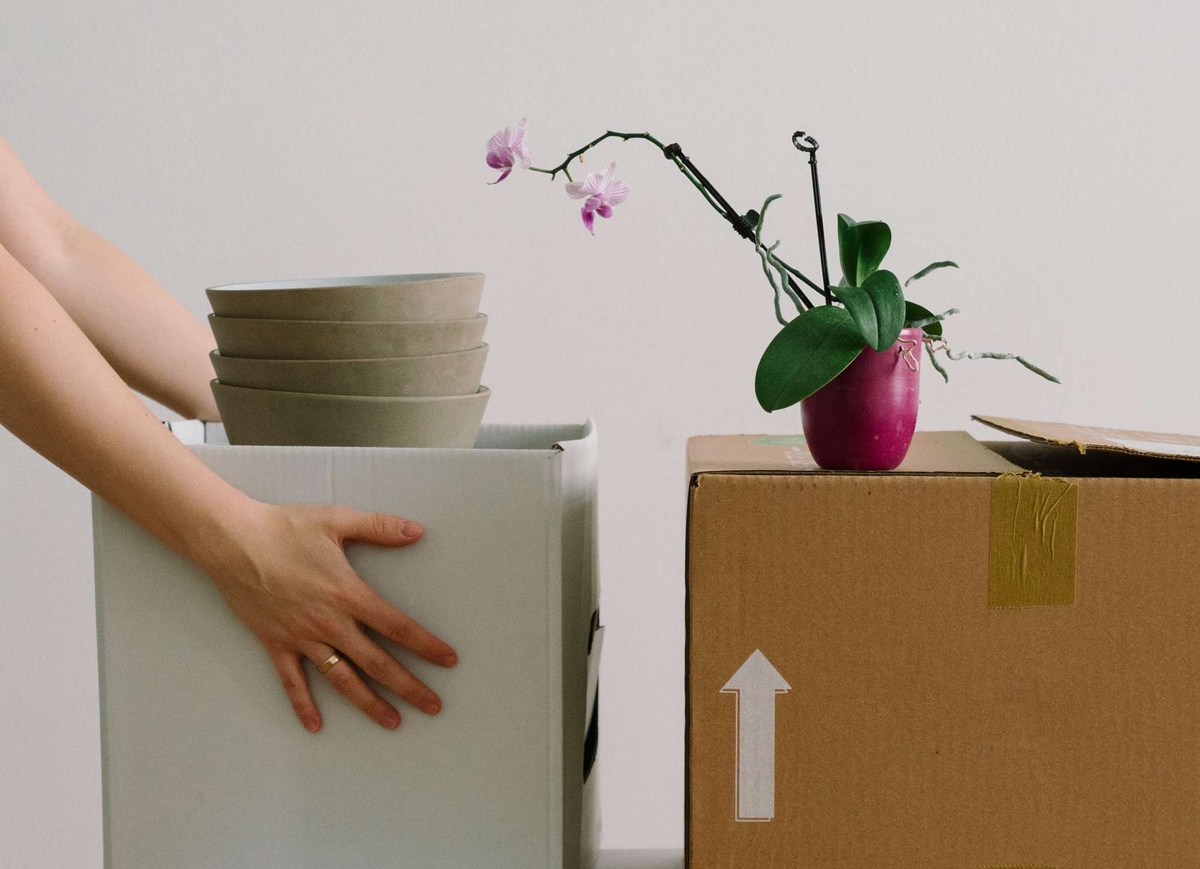
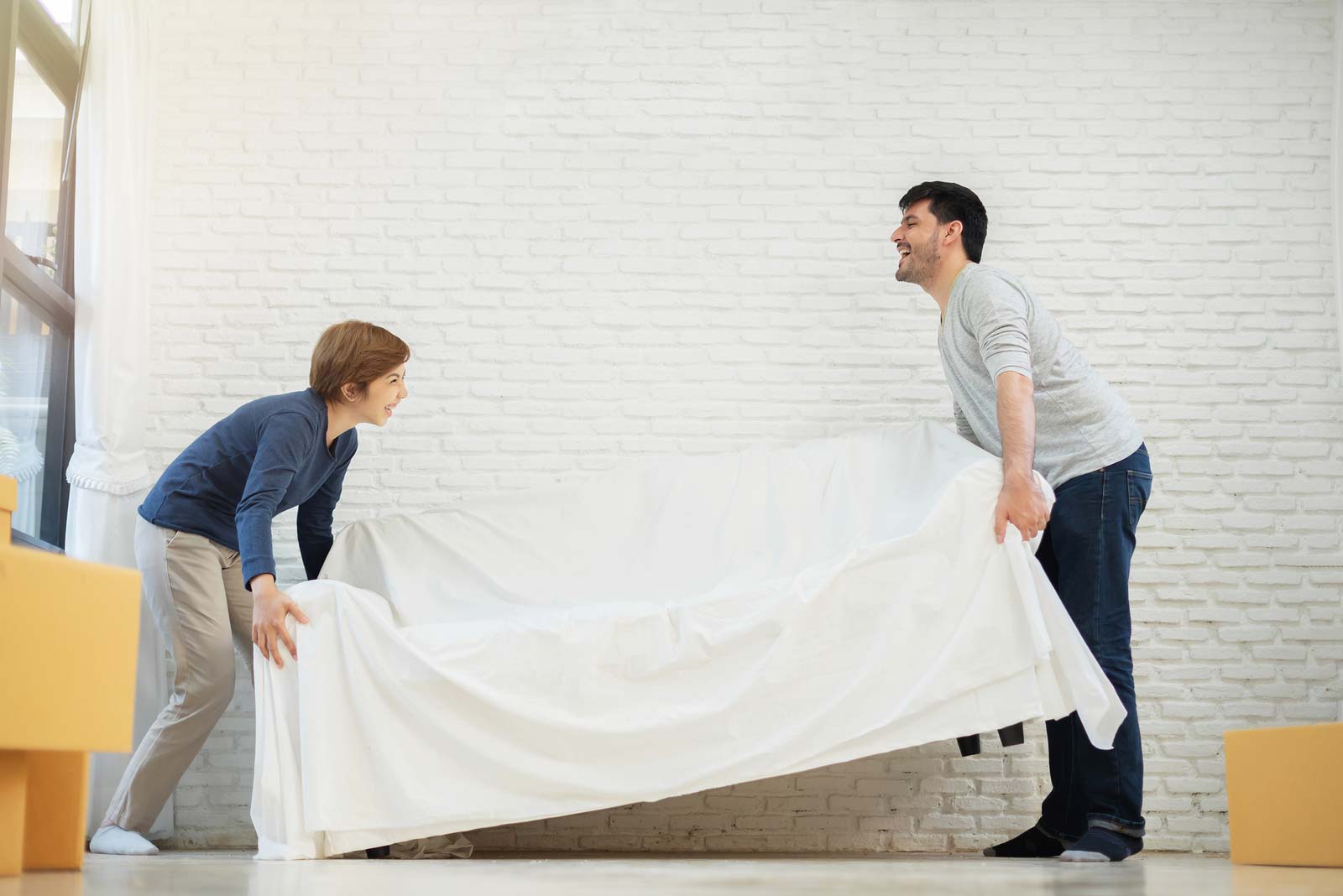
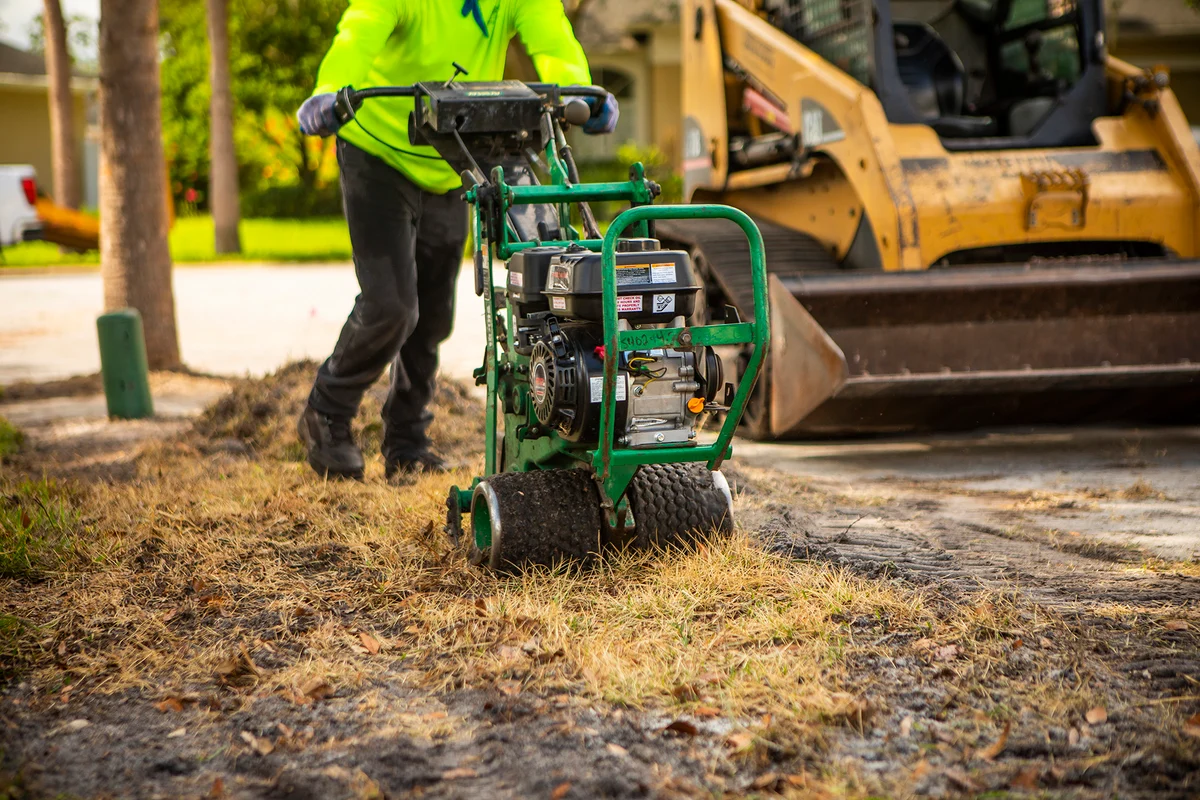

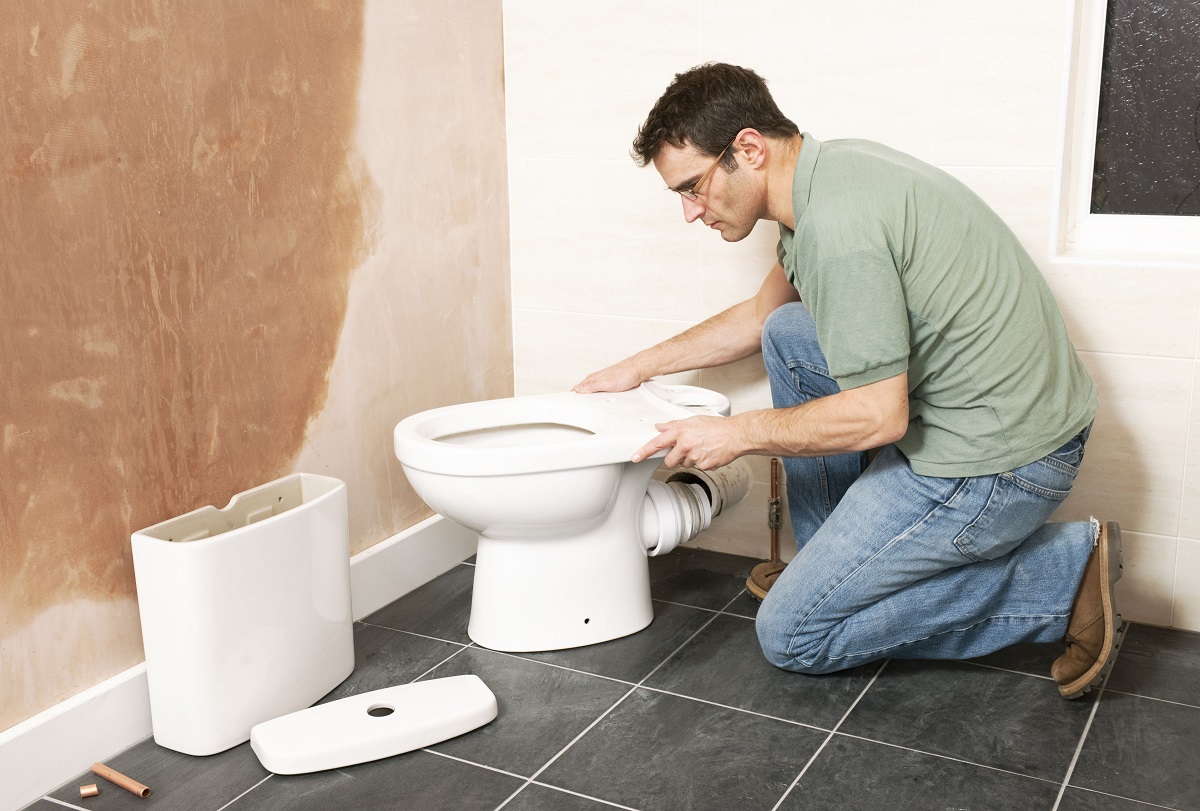

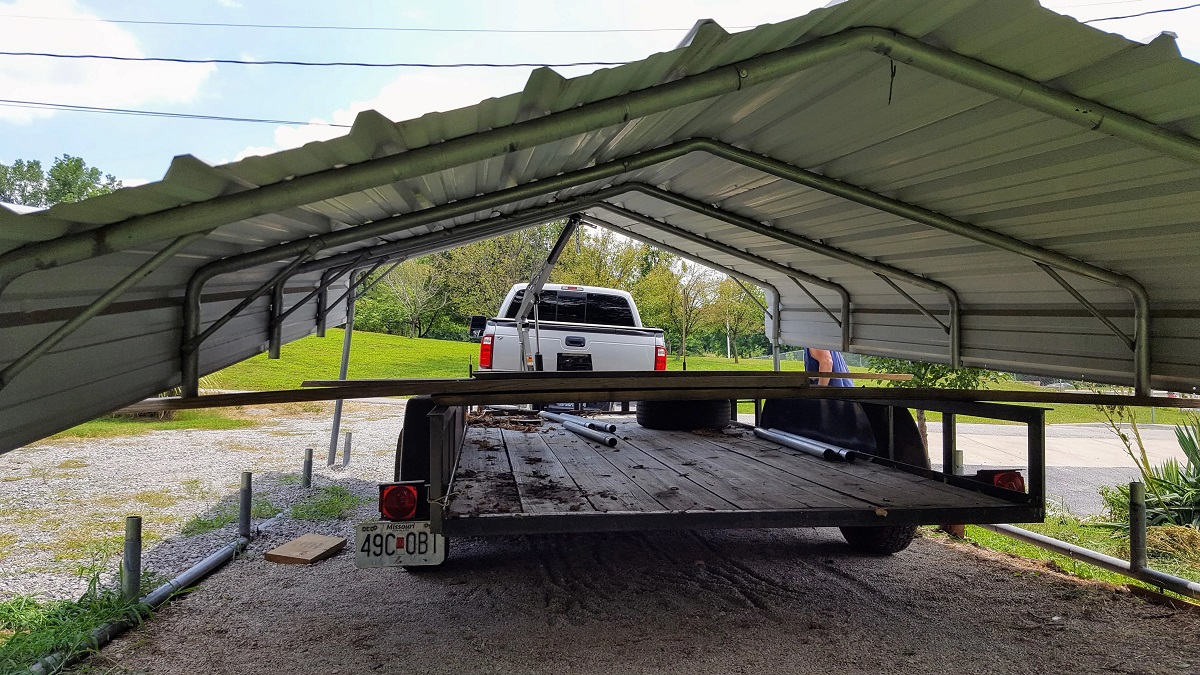

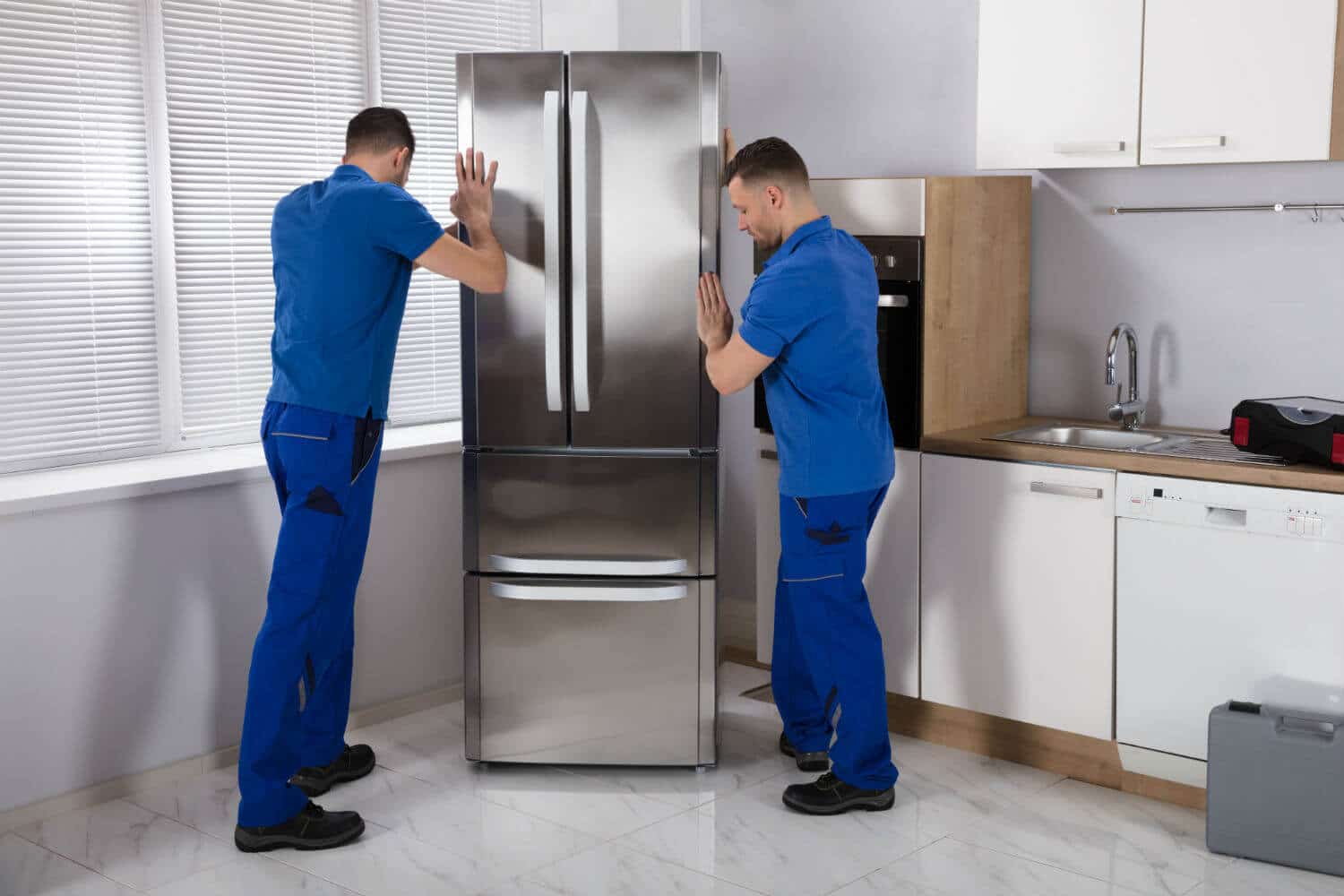
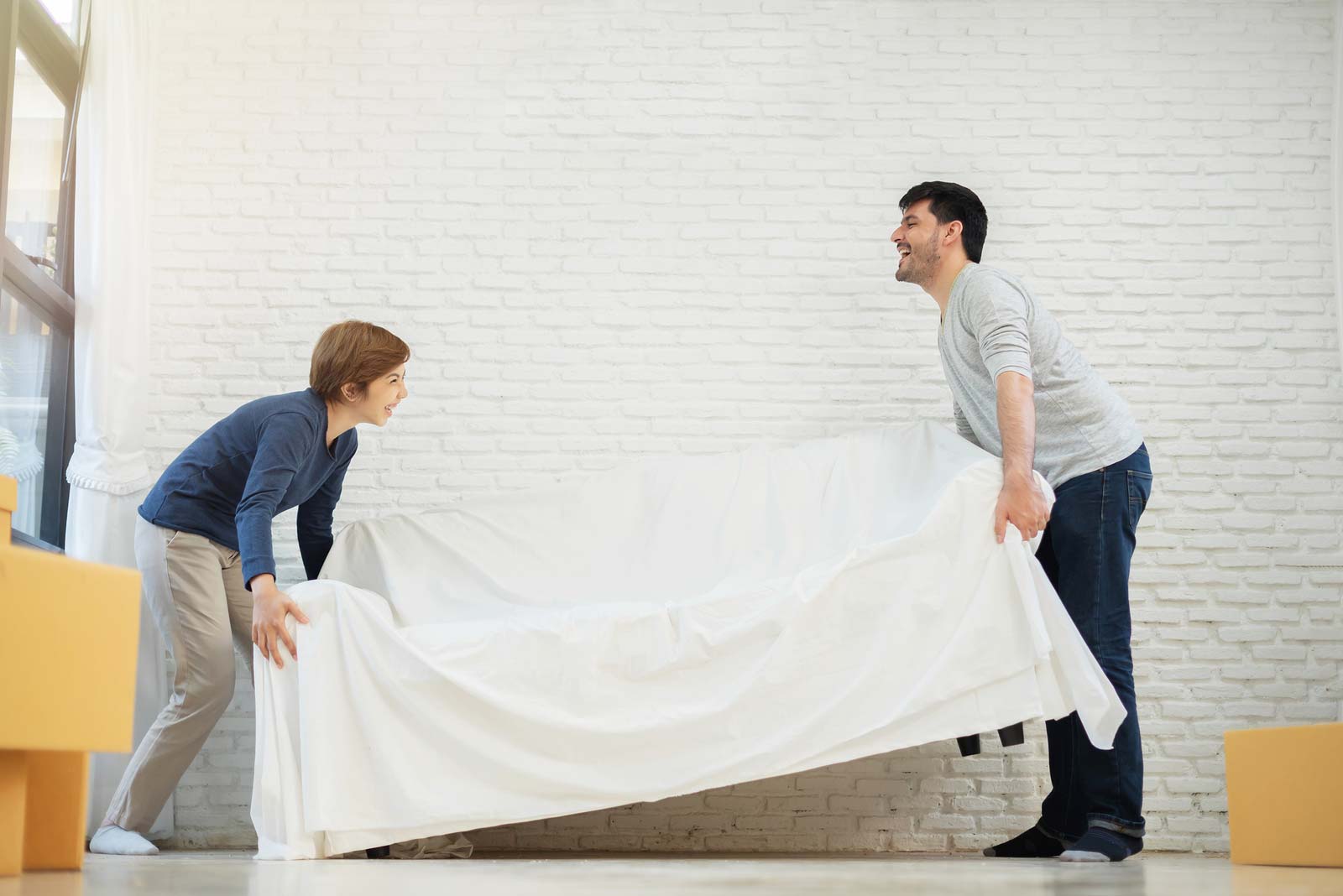

0 thoughts on “How To Move Couch Upstairs”